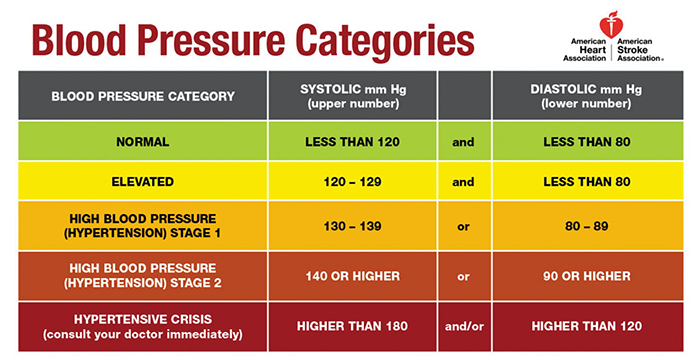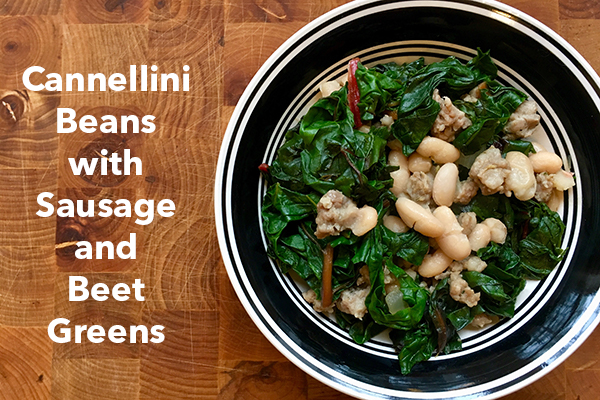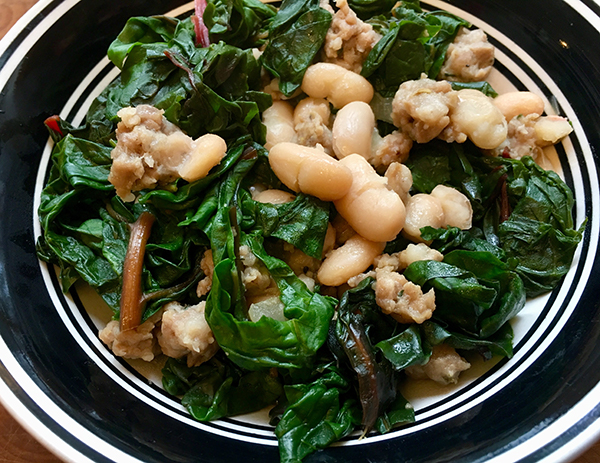High blood pressure, or hypertension, is unfortunately very common, affecting 1 billion people worldwide. According to the CDC, 1 in 3 American adults have hypertension (about 75 million people!), and only about half of them (54%) have it under control. Having high blood pressure greatly increases your risk of heart disease and stroke, so this is serious! It’s also called the “silent killer” because it often has no warning signs or symptoms, so you may not even know that you have high blood pressure. This is why getting your blood pressure checked on a regular basis is so important (get regular checkups with your provider!).
The good news is that you can lower your blood pressure, or even prevent high blood pressure in the first place, by using lifestyle strategies.
1 in 3 American adults have #hypertension, learn natural strategies to lower blood pressure #saslife #hearthealth Click To TweetFood
The optimal diet for blood pressure is a low glycemic, anti-inflammatory, phytonutrient-rich diet to stabilize blood sugar and insulin levels. What does that mean?
- Mostly whole, fresh, unprocessed foods (highly processed foods are limited or avoided)
- 8-10 servings of non-starchy vegetables per day (a colorful variety) – work up to this amount
- 2-3 servings of whole fruit per day (again, a colorful variety)
- High quality oils and fats daily (think avocados, olive oil, raw nuts and seeds)
- 2-3 servings of omega-3 rich fish per week (wild salmon, sardines, mackerel, herring)
- 1 serving of legumes per day
- 1-2 servings of nutrient dense carbohydrates per day (whole grains, starchy vegetable)
The exact structure of your meal plan will vary depending on your specific needs. If you track your food intake with an app, set your macronutrient goals to 40% carbs, 30% protein and 30% fat. This is a good place to start for most.
Eating mostly real, whole foods, will help ensure your sodium levels are lower and potassium levels are higher, which is important for a healthy blood pressure. Aim for around 5g of potassium per day (from food sources).
You will also be getting lots of phytonutrients from the fruits and vegetables you consume every day. There are some specific phytonutrients that have been shown to reduce blood pressure, so be sure to include these in your diet:
- Quercetin – onions
- Sulfur compounds – garlic
- Beta-glucan – whole oats, mushrooms
- Isoflavones – whole soy foods
- Polyphenols – pomegranates and dark chocolate or cocoa
If you are on anti-hypertensive drugs, it’s important to know that they can deplete your body of certain nutrients. Check out this handout to see which nutrients you might need to increase in your diet (or possibly supplement with).
By following the guidelines above and making sure you have protein, healthy fats, adequate carbohydrates (for you) and plenty of colorful non-starchy vegetables and/or fruit at each meal, you will be on your way to lower blood pressure!!
Sleep
Both inadequate and poor-quality sleep are associated with elevated blood pressure. Make sure you are prioritizing your sleep. Optimize your night time routine to help you achieve 7-9 hours of sleep per night by:
- Turning off all electronics (TV, iPhone, iPads, computers, etc.) 1 hour prior to bedtime – or at least have blue light blocking apps or glasses on.
- Keeping your bedroom dark, cool, and quiet (use ear plugs or face mask if needed).
- Going to bed and getting up around the same time each day.
- Allowing time to wind down before going to bed – read a book, guided meditation, etc.
Stress
Stress is a major risk factor for high blood pressure and heart disease. Many of us live in a chronic stressed out state. We greatly underestimate the effects of stress on our minds and bodies. Stress management is something that can have a profound impact on your health. There are many things you can do to help relieve or manage stress. Simple things like going for a walk or playing with a pet can help reduce stress. Deep breathing, meditation, and biofeedback are even more powerful ways to combat stress.
If you are at SAS Headquarters in Cary, NC there are plenty of program options to help you deal with stress such as Biofeedback, Mindfulness-Based Stress Reduction and Yoga, Meditation and Tai Chi Classes.
If you are not a SAS employee in Cary, NC, try incorporating these or other stress management techniques into your daily routine using resources in your area.
Exercise
Being active on a regular basis benefits our blood pressure and overall health in many ways. The key is to find something you enjoy, so that you do it on a regular basis. If you don’t know where to start, go for a walk. However, you will get the most benefits from a full exercise program that contains cardio, strength training and flexibility.
If you are at SAS Headquarters in Cary, NC take advantage of the personal trainers at the Recreation and Fitness Center (RFC) to help you develop an exercise program appropriate for you and your health goals.
If you are not a SAS employee in Cary, NC take advantage of certified personal trainers in your area.
Cannellini Beans with Sausage and Beet Greens
Adapted from: The Taste SF
Makes 4 servings
This potassium packed dish is a great way to enjoy beet greens if you don’t think you will like beet greens!
Ingredients
Olive oil
1 bunch of beet greens, rinsed and cut out the rib and then crosswise into 1” strips
½ onion, finely diced
¾ to 1 pound of ground pork, turkey or beef
1 tsp ground fennel seed
1 tsp smoked paprika
⅛-½ tsp red chili pepper flakes (depending on how spicy you like it)
½ tsp garlic powder
½ tsp onion powder
⅛-¼ tsp black pepper
½ tsp sea salt
Around 4 cups cooked cannellini beans (or 2 - 15oz cans, drained and rinsed)
Directions
- Heat a few tablespoons of olive oil in a large sauté pan.
- Sauté beet greens until very soft and the pan is almost dry. Remove from the pan and set aside.
- Add the onions to the pan and sauté until translucent. When the onions begin to soften, add the ground meat.
- Cook meat, stirring and breaking apart until cooked through.
- Add fennel, paprika, pepper flakes, garlic powder, onion powder, black pepper and salt.
- Add beans and wilted greens to the pan, lower the heat, and stir gently until the beans are warmed through.






